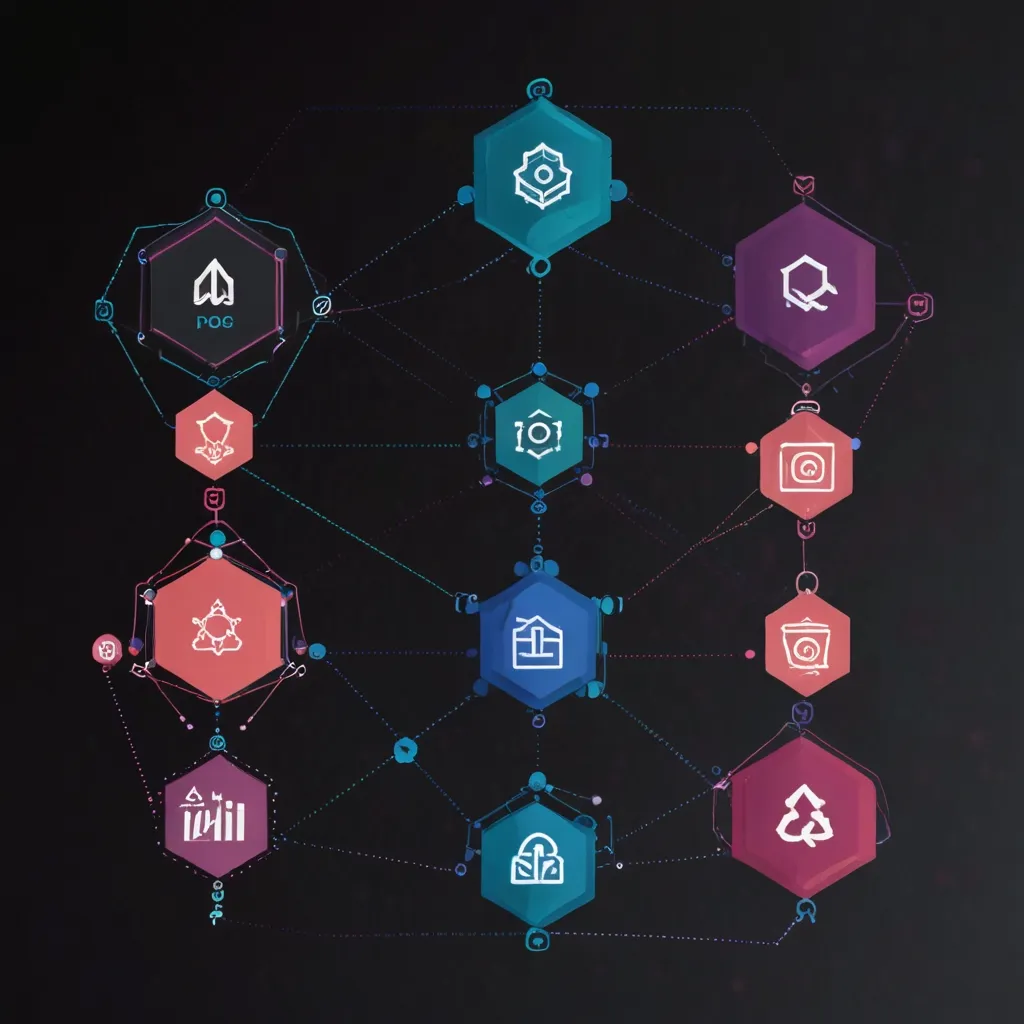In today’s world, everyone is always connected to the internet, whether through a smartphone, tablet, laptop, or even a smartwatch. This means websites have to look fantastic and work perfectly, no matter the device. This is where responsive web design steps into the spotlight, ensuring that websites automatically adjust to various screen sizes and orientations. It’s like having a best friend who always knows what you need.
The explosion of mobile internet usage is extraordinary. Recent stats show that over 58% of global internet traffic comes from mobile devices. Imagine that! More than half the people online are surfing the web on their phones. This tidal wave of mobile users makes it crystal clear that websites need to be adaptable and super user-friendly on screens of all sizes.
Responsive web design relies on three key principles: fluid grids, flexible images, and media queries. Each element works hand in hand to create a seamless web experience across different devices.
Fluid grids are kind of like stretchy fabric. In traditional web design, layouts were often rigid, fixed-width blocks. But with fluid grids, the layout elements are sized proportionally using percentages, not fixed units. This means they can expand or contract based on the screen size, much like a rubber band that fits perfectly whether it’s on a small wrist or stretching around a big one. Everything stays in balance and looks just right, no matter the screen size.
Then there are those tricky images that don’t always play nice with different screen sizes. Enter flexible images. By setting the max-width property to 100% in CSS, images become kinder and gentler, adjusting their size without messing up the aspect ratio. They nicely fit into their parent containers, staying clear and attractive on any device, like magic!
Media queries are like the fashion designers of responsive web design, applying different styles based on the device’s characteristics, such as width, height, orientation, and resolution. These ingenious condition checks allow multiple style rules within one stylesheet. For instance, a media query can apply a unique set of CSS properties when the screen size dips below a specific width, making sure everything looks stylish and works smoothly.
Responsive web design also relies heavily on the concept of breakpoints and viewports. Breakpoints are essentially markers indicating where the layout will change. Think of breakpoints as those brilliant moments where a website layout morphs into a new form, offering a three-column view on desktops, slimming down to two columns on tablets, and a single column on smartphones. It’s this flexibility that makes everything look so polished and accessible.
Using a single codebase is a game-changer. Rather than creating separate websites for desktops, tablets, and smartphones, a unified, adaptable site serves all users. This strategy streamlines the development process, cuts down on development time, and makes ongoing maintenance easier. Updates are rolled out to one codebase, ensuring consistency without juggling multiple versions. It’s like having one universal remote for all your tech gadgets—simple and efficient.
Responsive design isn’t just about looking good—it’s about enhancing user experience. It ensures that all users, regardless of their device, have an enjoyable, accessible, and visually pleasing experience. On mobile devices, for instance, a top-notch design prioritizes essential content and features, presenting users with a clear path to the most vital actions and information. Navigation is often pared down to a single-column layout, keeping interactive elements appropriately sized for tapping with a finger. It’s all about convenience and efficiency, offering users what they need at their fingertips.
The magic of responsive design also lies in the collaboration between design and development teams. It’s like a well-coordinated dance, where moving elements around the page must remain user-friendly across all screen sizes. This often feels like solving a puzzle, rearranging parts on larger screens to fit neatly on smaller ones. Usability testing across various platforms is always recommended to ensure everything works beautifully together.
Moreover, responsive web design brings substantial SEO benefits. Search engines, particularly Google, favor websites that offer a smooth, efficient user experience. A responsive and mobile-friendly website becomes more appealing to users and is more likely to rank higher in search results. Responsive design also ensures that critical page assets are not blocked from search engine bots, vital for maintaining solid SEO practices.
Future-proofing is another brilliant advantage of responsive design. This approach can accommodate new devices and screen sizes as they hit the market. If a popular new device appears with a unique screen size, a responsive design adapts without significant code changes. This ensures the website remains relevant and functional across a wide range of devices, outlasting trends and keeping pace with technological advances.
Practical examples highlight just how effective responsive design can be. Picture a beautifully laid-out website on a desktop that turns into a cluttered mess on a smartphone. With responsive design, the layout adjusts seamlessly, maybe cutting down the number of columns or hiding non-essential elements, offering a clean, user-friendly interface on smaller screens.
Take a news website, for example. It might display three columns of articles on a desktop, then reduce to two columns on a tablet, and further down to a single column on a smartphone. This transition ensures the content remains readable and accessible across any device. Similarly, an e-commerce site could streamline its navigation and product listings on mobile devices to improve the shopping experience. These adjustments make all the difference in maintaining the user’s interest and ease of use.
Responsive web design is no longer optional—it’s essential. Using fluid grids, flexible images, and media queries, web designers and developers can create sites that dynamically adapt to various devices, enhancing user experience and boosting SEO. As technology keeps evolving and new devices continually emerge, the importance of responsive design will only grow. It’s a vital skill for any web development team, ensuring websites remain engaging, functional, and ahead of the curve in our ever-connected world.






